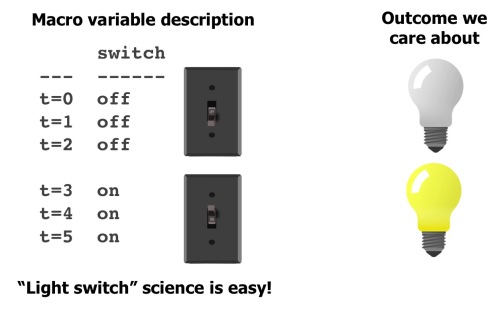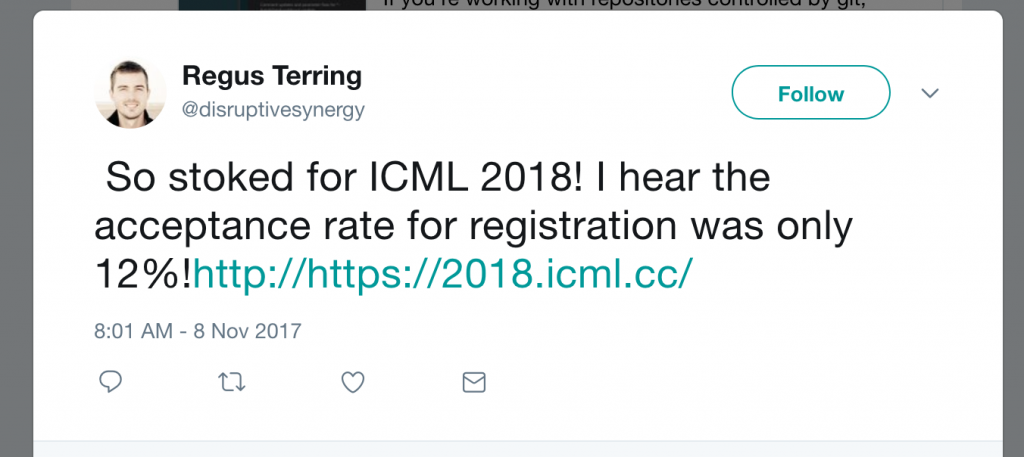It’s January 28th and I should be working on my paper submissions. So should you! But why write when we can meta-write? ICML deadlines loom only twelve days away. And KDD follows shortly after. The schedule hardly lets up there, with ACL, COLT, ECML, UAI, and NIPS all approaching before the summer break. Thousands of papers will be submitted to each.
The tremendous surge of interest in machine learning along with ML’s democratization due to open source software, YouTube coursework, and the availability of preprint articles are all exciting happenings. But every rose has a thorn. Of the thousands of papers that hit the arXiv in the coming month, many will be unreadable. Poor writing will damn some to rejection while others will fail to reach their potential impact. Even among accepted and influential papers, careless writing will sow confusion and damn some papers to later criticism for sloppy scholarship (you better hope Ali Rahimi and Ben Recht don’t win another test of time award!).
But wait, there’s hope! Your technical writing doesn’t have to stink. Over the course of my academic career, I’ve formed strong opinions about how to write a paper (as with all opinions, you may disagree). While one-liners can be trite, I learned early in my PhD from Charles Elkan that many important heuristics for scientific paper writing can be summed up in snappy maxims. These days, as I work with younger students, teaching them how to write clear scientific prose, I find myself repeating these one-liners, and occasionally inventing new ones.
The following list consists of easy-to-memorize dictates, each with a short explanation. Some address language, some address positioning, and others address aesthetics. Most are just heuristics so take each with a grain of salt, especially when they come into conflict. But if you’re going to violate one of them, have a good reason. This can be a living document, if you have some gems, please leave a comment.
Continue reading “Heuristics for Scientific Writing (a Machine Learning Perspective)”






